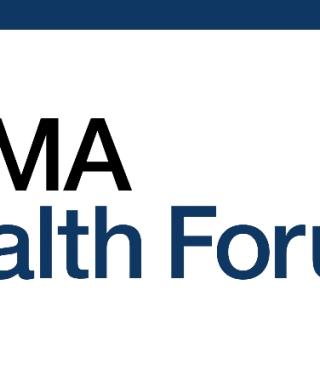Abstract
The COVID-19 pandemic brought the availability of diagnostic tests to the forefront of public attention and highlighted the prevalence of undertesting (i.e., insufficient test supply relative to demand). Another important yet little studied systematic issue is overdiagnosis (i.e., positive diagnoses for patients with negligible viral loads): evidence suggests U.S. laboratories have adopted highly sensitive diagnosis criteria, such that up to an estimated 90% of positive diagnoses are for minuscule viral loads. Motivated by this situation, we develop a theory of diagnostic testing for infectious diseases that explains both undertesting and overdiagnosis. We show a commercial laboratory has an incentive to inflate its diagnosis criterion, which generates a higher diagnosis-driven demand as a result of contact-tracing efforts, albeit while dampening demand from disease transmission. An inflated diagnosis criterion prompts the laboratory to build a higher testing capacity, which may not fully absorb the inflated demand, so undertesting arises. Finally, we examine a social planner’s problem of whether to mandate that the laboratory report the viral load along with its diagnosis, so that a physician or contact tracer can make informed triage decisions. Our results show the social planner may choose not to mandate viral-load reporting initially; this choice induces a higher testing capacity and can help reduce disease transmission.
Keywords: Infectious diseases, diagnostic testing, testing capacity, viral load reporting, supply chain
Citation
Dai, Tinglong and Singh, Shubhranshu, Overdiagnosis and Undertesting for Infectious Diseases (April 20, 2024). Marketing Science, Forthcoming, Available at SSRN: https://ssrn.com/abstract=3725057 or http://dx.doi.org/10.2139/ssrn.3725057




